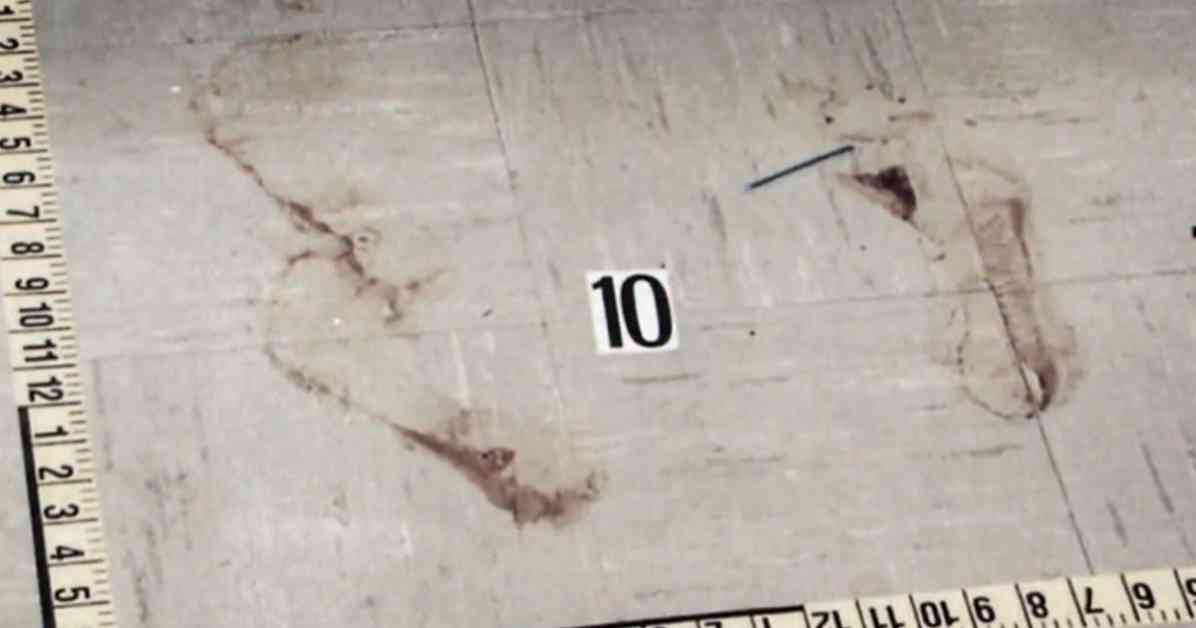In the summer of 1993, in a high-rise apartment in Minneapolis, a tragic crime unfolded. The victim, Jeanie Childs, was brutally murdered, stabbed more than 60 times. The discovery of her body by investigators painted a gruesome picture of the violent incident. The scene was described as one of the bloodiest that the retired forensic scientist, Bart Epstein, had ever encountered. He emphasized the importance of documenting the evidence meticulously, highlighting the significance of blood stains and spatters in telling the story of what had occurred.
As investigators delved deeper into the case, they found a complex web of evidence. Unknown DNA was collected from various parts of the apartment, including the bedroom and bathroom. Despite efforts to match the DNA to a suspect, no conclusive matches were found initially. The investigation took a turn when advancements in technology allowed for additional testing of the evidence collected back in 1993. This led to a breakthrough when a DNA profile was linked to a man named John Esswein, who was in prison for a separate offense. Despite this development, the case still presented many unanswered questions.
The trial of Jerry Westrom, a local businessman and father of three, shed light on the complexities of the case. While Westrom’s DNA was found at the crime scene, including on the comforter and towel, questions remained about the other DNA profiles discovered. Experts weighed in on the significance of bloody footprints found in the apartment, with conflicting opinions on whether all the footprints belonged to Westrom. Ultimately, the jury found Westrom guilty of first-degree murder, but doubts lingered for some, including his friend Wayne Triplett, who believed in Westrom’s innocence. The case highlighted the challenges of solving cold cases and the complexities of the criminal justice system.









